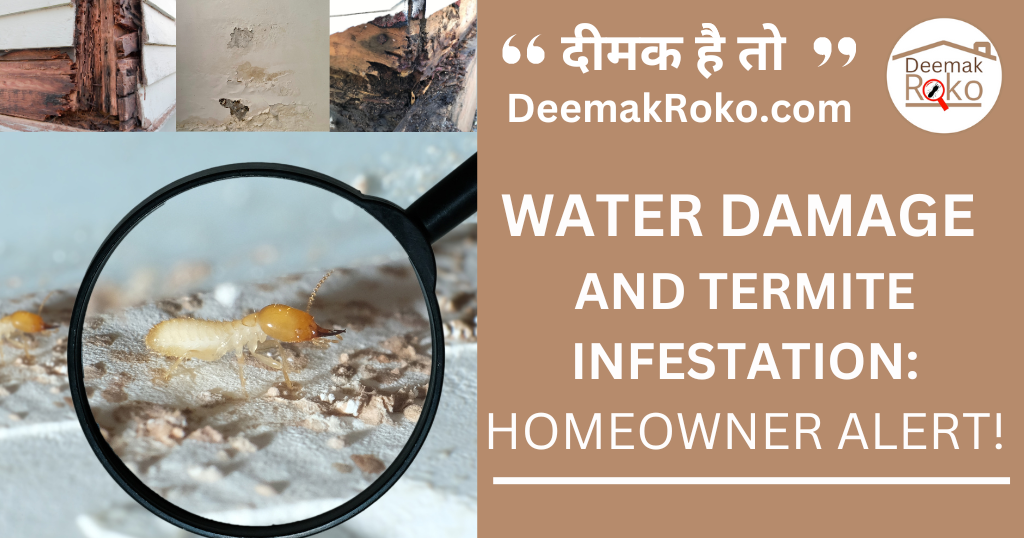Common Areas Termites Attack in Your Home: Protect Your Home from the Silent Destroyers
Termites are known as silent destroyers because of their ability to chew through wood, flooring, and even wallpaper undetected. As a homeowner, it is crucial to understand where termites are most likely to attack so you can take preventive measures to protect your property. In this guide, we’ll walk through the common areas in your home where termites are likely to strike, so you can take steps to safeguard your home from costly damages.

1. Wooden Foundations
One of the primary places termites target in your home is **wooden foundations**. These areas include wooden beams, joists, and posts that provide structural support. Over time, termites can weaken the integrity of these structures, making your home more vulnerable to severe damage. This issue is especially common in older homes where untreated wood is used, as termites thrive on moisture and cellulose found in wood.
How to Protect Wooden Foundations:
- Pre-treat wood: Ensure wooden structures are treated with termite-repellent chemicals.
- Install barriers: Use physical or chemical barriers beneath the foundation to deter termite entry.
- Regular inspections: Schedule periodic inspections, particularly in areas with known termite activity.
2. Basements and Crawl Spaces
Termites are drawn to areas that provide moisture and shelter, making basements and crawl spaces ideal environments for infestation. These areas often have higher levels of humidity and are usually dark, giving termites the perfect spot to breed and build their colonies. Subterranean termites, in particular, are common in these locations, as they burrow underground and enter homes through the soil.
How to Protect Basements and Crawl Spaces:
- Fix leaks: Ensure all plumbing and drainage systems are functioning properly to prevent moisture buildup.
- Ventilate: Install ventilation systems in crawl spaces to reduce humidity.
- Seal cracks: Fill any cracks or gaps in your home’s foundation or basement walls to block termite access points.
3. Attics and Roofs
While termites are often associated with ground-level structures, they can also wreak havoc in **attics and roofs**. Wooden rafters, ceiling joists, and roof decking can become a meal for termites, leading to substantial structural damage if left unchecked. This is particularly common in homes with wooden shingles or untreated roof materials.
How to Protect Attics and Roofs
- Inspect your roof: Regularly check for signs of termite activity, such as hollow-sounding wood or mud tubes.
- Repair wood damage: Replace or repair any damaged wood in the attic before it becomes a haven for termites.
- Treat the wood: Consider using treated wood or termite-resistant materials for roofing and attic areas.
4. Walls and Flooring
Interior walls and flooring are prime feeding grounds for termites, especially if your home has wooden floors or drywall. Termites can silently eat away at these areas, often leaving behind hollow spots, blistering, or sagging sections. Termites will usually leave visible damage like small holes in walls, and sometimes you can even hear them moving inside the walls.
How to Protect Walls and Flooring
- Seal openings: Close off any gaps or crevices that termites could use to enter your home.
- Maintain proper drainage: Avoid water pooling near the walls or floorboards, as moisture attracts termites.
- Look for signs: Watch for sagging floors, bubbling paint, or unexplained cracking in walls, which may indicate termite activity.
Signs of Termite Infestation
Understanding where termites strike is crucial, but knowing the signs of termite infestation is equally important. Keep an eye out for:
- Mud tubes on the exterior of your home.
- Discarded wings near windows or doorways.
- Hollow-sounding wood when tapped.
- Frass (termite droppings) resembling small piles of sawdust.

Conclusion
Protecting your home from termites starts with understanding their common entry points and preferred environments. By taking proactive measures—such as regular inspections, treating vulnerable wood areas, and managing moisture levels—you can greatly reduce the risk of termite damage. Addressing termite infestations early on can save you from expensive repairs and help maintain the integrity of your home.
Stay vigilant, and if you suspect termite activity, it’s always best to contact a professional pest control service for an in-depth inspection.
For more information on termite prevention and treatment, visit www.deemakroko.com

